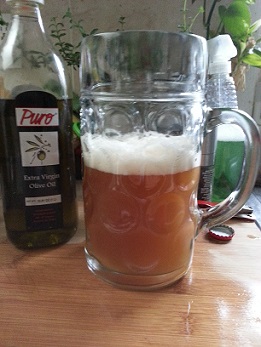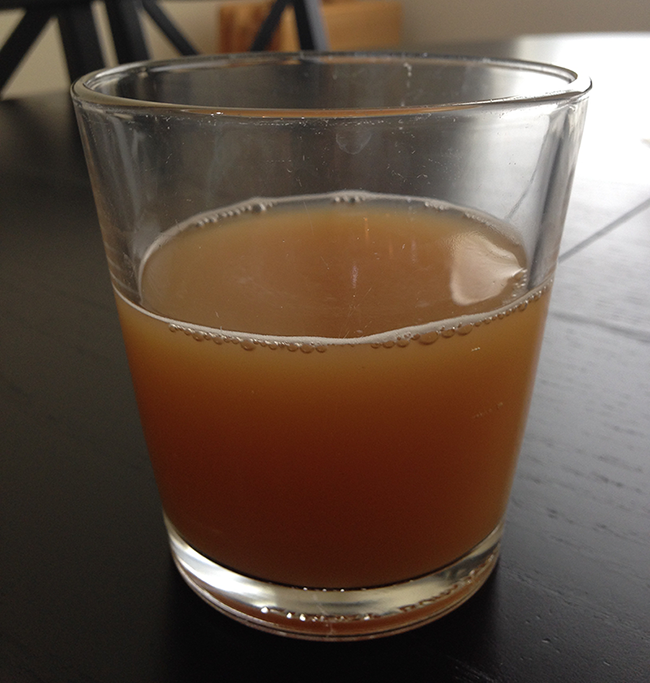stylus1274
Well-Known Member
I'm not new to brewing but new to doing extract batches. So pardon my ignorance on some subjects.
I recently kegged a palmer extract kit for a hefe. It is murky as murky. Like basically mud water. It tastes great. That is a non-issue. But the look of the beer is, let's say, uh fugly.
Before you make the comment I am well aware that hefes should be cloudy. I get that. But this is beyond cloudy. It basically looks like natural apple cider.
So my question is this. Is it possibly an extract thing? Do extracts come out more cloudy? It's all DME by the way if that makes a difference.
Maybe a yeast thing? I used WB-06 and it's my first time using it.
I was also wondering about the brewing method. If you are not familiar with Palmer's extract method it calls for half of the extract to be stirred in at the end.
There is no boiling of the last portion of extract whatsoever. Do you get more clarity with extract that is boiled as opposed to stirred in?
I recently kegged a palmer extract kit for a hefe. It is murky as murky. Like basically mud water. It tastes great. That is a non-issue. But the look of the beer is, let's say, uh fugly.
Before you make the comment I am well aware that hefes should be cloudy. I get that. But this is beyond cloudy. It basically looks like natural apple cider.
So my question is this. Is it possibly an extract thing? Do extracts come out more cloudy? It's all DME by the way if that makes a difference.
Maybe a yeast thing? I used WB-06 and it's my first time using it.
I was also wondering about the brewing method. If you are not familiar with Palmer's extract method it calls for half of the extract to be stirred in at the end.
There is no boiling of the last portion of extract whatsoever. Do you get more clarity with extract that is boiled as opposed to stirred in?








































